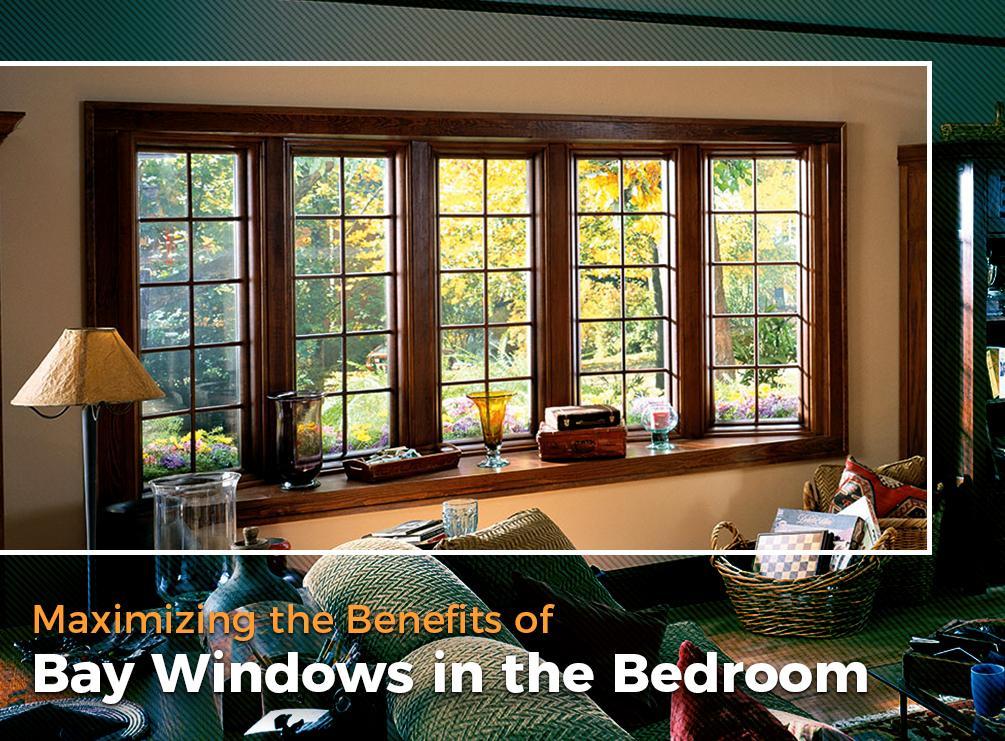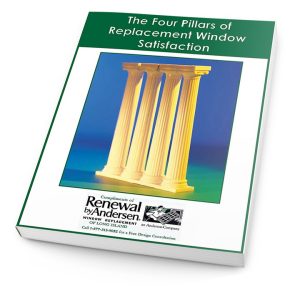MENU


Some homeowners with brand new replacement windows sometimes “panic” when they notice minor condensation appear during the first real cold snap after installing high-quality replacement windows. It is rare, but this can happen. Your new windows aren’t usually to blame.
Here’s what you need to know about why this may happened and how to prevent problems in the future.
Indoor Condensation on Your New Replacement Windows
When the window surface temperature drops below the dew point for air in proximity to windows, ice and condensation may form. In a house without excessive indoor moisture, insulated windows normally prevent this occurrence by keeping the inside pane of glass warmer than the outside pane. However, if you have excessive moisture in your home, even slight differences in temperature can cause condensation. In order to prevent this from happening, or to correct the problem, you must raise the temperature of window surfaces, or reduce humidity in the room. High humidity indoors combined with low outside temperatures can cause even energy-efficient double-paned windows to develop condensation.
Correct Relative Humidity to Control Condensation
In most cases, lowering the relative humidity indoors to 40 percent (or less) will correct these problems when they develop on high-quality double-glazed windows. There are several ways to reduce indoor humidity levels. Here are a two things to remember.
Check Your Furnace
Improvements in construction technology and methods means that today’s homes are being built more air-tight than ever before. This is a great thing for making the most of your heating and cooling bills as well as your comfort level, however, in the past, most homes had some air gaps that allowed fresh, dry air in and moist air out during the winter, lowering indoor condensation levels. Now that we’re building tighter houses, there’s not as much air exchange taking place. In fact, in the most energy efficient houses, they have to take into account this air-tightness and provide for a way to get fresh air into the home and stale air out without compromising the energy efficiency that was built in. This is usually accomplished through some kind of heat exchanger or heat recovery ventilator.
This is not usually an issue in most homes on Long Island, however, even replacing your windows may have removed some of those air gaps, revealing an indoor moisture issue you never knew you had. Sometimes installing a new furnace makes heating your home more efficient, but may cause new problems. Older units drew outside air inside to enable combustion and sent a stream of air out of the home (typically via the chimney or vent pipe) during operation. This design served two purposes: heat and ventilation. Newer systems may not provide adequate ventilation, which will naturally increase humidity levels.
A few potential other causes of high indoor humidity:
These issues need to be addressed for your health and safety, but for minor humidity issues, here are a few tips that may help to lower the indoor humidity and reduce or eliminate condensation on your windows.
You may want to discuss condensation problems with your HVAC technician. The problem may be easily corrected without running exhaust fans to enhance air circulation, if your system is not working properly.
First Steps to Remediate Problems
Designing Replacement Windows to Control Condensation
Modern technology and construction techniques dramatically reduce ice, fog, and steam formation; however high levels of indoor relative humidity and inadequate ventilation may cause minor issues, even when you purchase high-performance, high-quality replacement windows designed and built to maximize energy-efficiency and reduce condensation.
Installing custom-built, double-paned replacement windows with Fibrex components guaranteed not to rot, mildew or degrade in the harshest weather we see on Long Island helps minimize or eliminate major condensation problems, however, you must control temperature and moisture inside your home to totally banish foggy windows.
If you have recently upgraded with Renewal by Andersen of Long Island and notice steamy windows, give us a call and allow us to check things out for you to see if we can help you determine whether this is a “normal,” temporary situation related to the weather or you need to make other adjustments in your heating and ventilation patterns this winter. If you’re thinking about replacing single-pane windows that a continuously fogged up and sweating, give us a call at (866) 609-5033 to schedule an in-home consultation today. You can also fill in the short form on this page to request a brochure or call back at your convenience.

Learn Everything You Need to Know BEFORE Buying Replacement Windows